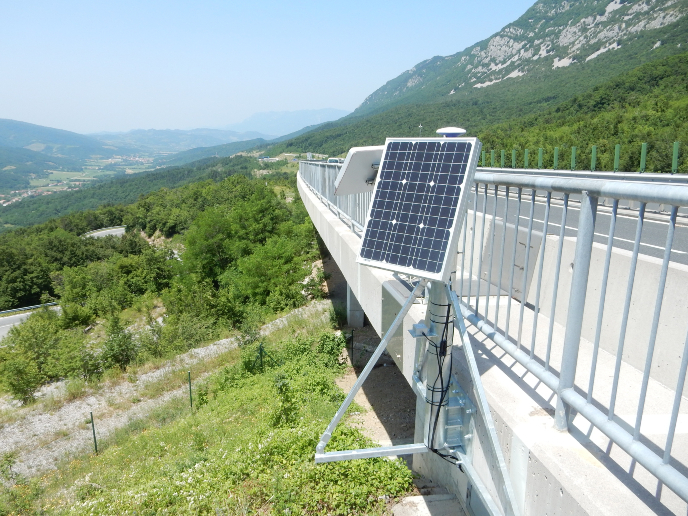Wireless technology revolution
Distributed wireless networks are seen as the ultimate solution for providing higher transmission rates for data, supported by full cooperation and synchronisation among network nodes. The EU-funded project TRADENET (Transceiver design for distributed wireless networks) proposed new distributed wireless schemes that can overcome asynchronism among network nodes. It formulated advanced signal processing techniques to help build advanced receivers that handle channel uncertainty at different nodes in the network and optimise power/frequency allocation. Researchers focused on exploiting large-scale multiple-input multiple-output systems, supported by the use of powerful algorithms that improve antenna selection schemes and signal-to-noise ratio. The proposed methodology and system combines optimally transmit antenna selection and beamforming with filtering at the receiver, under various transmit-power constraints. Another important research avenue looked at improving two-way relay (TWR) systems with physical-layer network coding under unknown channel state information. It proposed transmission of frequency-shift keying (FSK) signals in a TWR system and elaborated the necessary algorithm to advance the proposed system. While these developments were proposed for FSK-related technology, their advantages can also be harnessed for use in other orthogonal modulation techniques. Another key project achievement involves the design of a quadratic-complexity suboptimal detector that attains near-optimal performance, offering an excellent low-cost alternative. Overall, the new proposals and algorithms for a new wireless transceiver can help overcome the limitations of distributed systems such as power/bandwidth allocation among network nodes and node synchronisation in terms of time/frequency. Other challenges such as local-only channel state knowledge in the network and power/bandwidth allocation among the network nodes have also been effectively addressed. With the ever-increasing need for faster and more powerful wireless networks, these wireless technology solutions couldn't have come at a better time.







